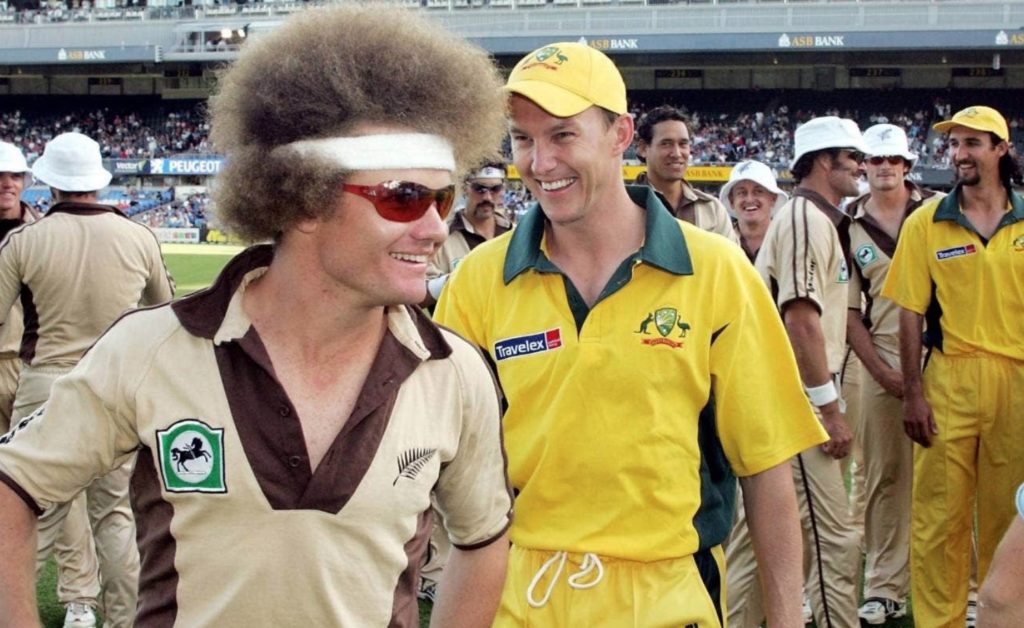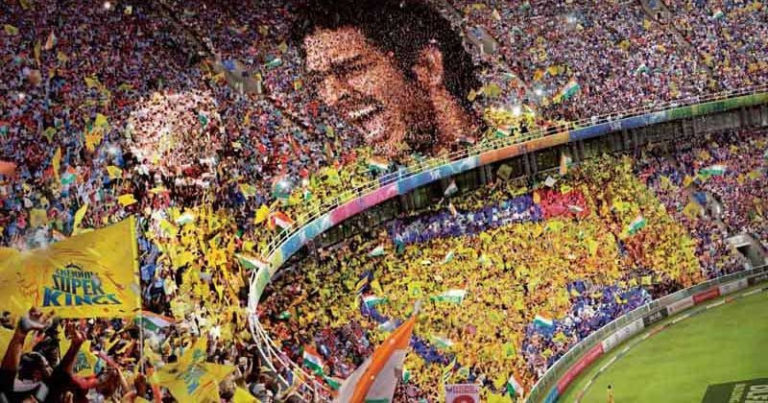In just under 20 years, T20 cricket has gone from being a light-hearted sideshow to a money-spinning, central plank of the sport’s global calendar.
With the seventh T20 World Cup about to get under way in Oman and the UAE on Sunday, we look at the rise and rise of the game’s big-hitting, crowd-pleasing format.
The beginning
The end of the Benson & Hedges Cup one-day competition, due to a ban on tobacco advertising, in 2002 left a gap in English cricket’s domestic calendar.
Stuart Robertson, the marketing manager of the ECB, proposed a 20-overs-per-side event, a format already known in amateur and junior cricket. The aim was to attract a younger audience who might not have the time to engage with longer formats.
The first official T20 county matches took place in 2003 and proved an instant success in terms of attracting crowds.
More than 27,000 turned up to see Middlesex play Surrey at Lord’s – the largest attendance for any county game at the Home of Cricket outside a ODI final since 1953.
That success was noted elsewhere, with the frenetic pace and, in particular, the dynamic hitting of batters, proving popular with spectators worldwide.
Yet, there was still a sense this was not ‘proper cricket’.
The international game
In the first international T20 match between New Zealand and Australia at Eden Park, Auckland, in 2005 both teams were clad in retro 1980s kits, with New Zealand decked out in an exact replica of their ‘Beige Brigade’ colours of that era.
Some players even wore fake beards and moustaches in honour of styles of that time.
“I think it’s difficult to play seriously,” said Australia’s Ricky Ponting, the man of the match.
But the format’s growing popularity was noted by the International Cricket Council and led to the inaugural 2007 men’s T20 World Cup in South Africa where India beat arch-rivals Pakistan in a thrilling final.
The IPL
Just as India’s victory in the 1983 men’s one-day World Cup had changed the attitude of cricket’s most populous nation towards the limited-overs game, so was this success equally transformative in the sport’s economic powerhouse nation.
The BCCI, looking to capitalise on that success and concerned by the Indian Cricket League, a private T20 event, launched the Indian Premier League in 2008.
Not only did that move effectively end the ICL, the new six-week tournament changed cricket’s global environment, particularly the power relations between national boards and players.
The city-based IPL, where teams were bankrolled by wealthy private owners, with squads based on player auctions, meant leading cricketers could earn vast sums of money in a short space of time.
Traditionally, the way to having a lucrative career was to become an established international in multi-day Test cricket and benefit from the sponsorship deals that followed.
Now, however, there was another route, with the creation of other leagues such as Australia’s Big Bash and the Caribbean Premier League creating a global T20 circuit.
When the IPL started, it clashed with international fixtures and then England captain Kevin Pietersen found himself involved in rows with team management over his desire to play in the new event.
As the gifted batsman recalled in a tweet in May: “When I went up against England, I was alone. This time, it’s all their best-branded players!”
The future
The IPL has so changed the game the ICC has effectively barred international men’s matches during the usual April-May timeframe for the tournament in a bid to ensure top-class cricketers remain available.
Now there is an uneasy co-existence between the formats, with the ICC creating the World Test Championship – New Zealand won this year’s inaugural edition – in a bid to bolster the five-day game and Virat Kohli, captain of beaten finalists India, proclaiming in August: “For me, this is the absolute pinnacle of the game. I will give everything to Test cricket for the time I play, I can assure you of that.”
But how long Kohli’s attitude lasts across cricket remains to be seen.
ALSO READ: Six players to watch at the T20 World Cup
© Agence France-Presse








